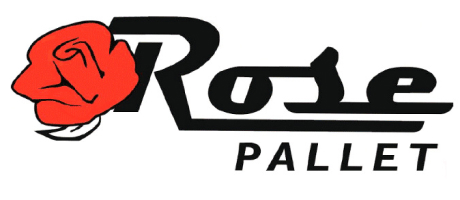Teach These Pallet Safety Tips to Your Warehouse Workers
The pressure to meet delivery deadlines during the holiday season can lead to warehouse workers rushing, which may increase the risk of accidents. Help prevent injuries by teaching pallet safety.

Safe handling of pallets and the safe operation of pallet jacks and forklifts is crucial to prevent accidents in a warehouse setting. Teach these key lessons to help avoid mishaps and lost time injuries.
Safe Pallet Handling
- Before use, inspect pallets for damage, such as broken boards, protruding nails, or splinters. Damaged pallets should be removed from circulation.
- When loading items onto pallets, distribute the weight evenly to prevent instability. Heavier items should be placed at the bottom, with lighter items on top.
- Stack items securely on the pallet, ensuring that they are stable and not overhanging the edges. Use strapping or shrink wrap to secure the load.
- Teach employees to use proper lifting techniques when handling pallets. This includes bending at the knees, keeping the back straight, and using leg muscles to lift.
- For heavy or awkwardly shaped loads, use a two-person lift to avoid straining and injury.
Safe Operation of Equipment
- Always look in the direction of travel and be aware of your surroundings. Watch for obstacles, uneven surfaces, or other potential hazards.
- Operate the pallet jack at a safe and controlled speed, especially when turning corners or navigating tight spaces.
- Apply the brakes when coming to a stop and engage the parking brake when the pallet jack is not in use.
- Center the load on the forks and ensure it is stable before moving. Avoid overloading the pallet jack beyond its capacity.
- Always wear the seatbelt provided in a forklift.
- Be aware of the forklift’s stability and load capacity. Do not exceed the load limits and keep the load as low as possible while in transit.
- Reduce speed when approaching turns and intersections. Forklifts can tip over if driven at high speeds around corners.
- Use the horn when approaching blind corners or pedestrian walkways to alert others to your presence.
- Keep the forks as close to the ground as possible while driving, especially when not handling a load.
- Park the forklift in designated areas with the forks lowered and the parking brake engaged.
- Regularly inspect and maintain forklifts to ensure equipment is in safe working condition.
Remember that safety is a shared responsibility, and everyone in the warehouse should be aware of and adhere to these safety practices to prevent accidents and maintain a safe working environment. For more information or to continue the discussion, please contact us!












